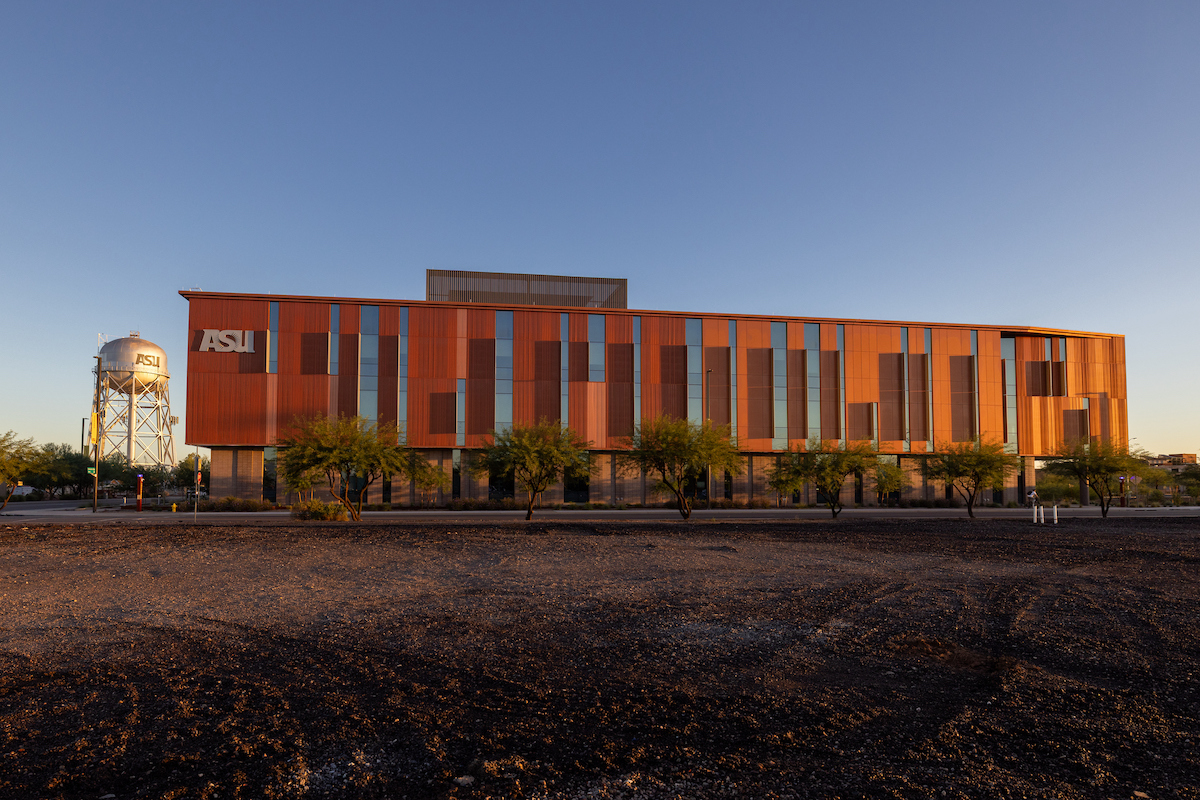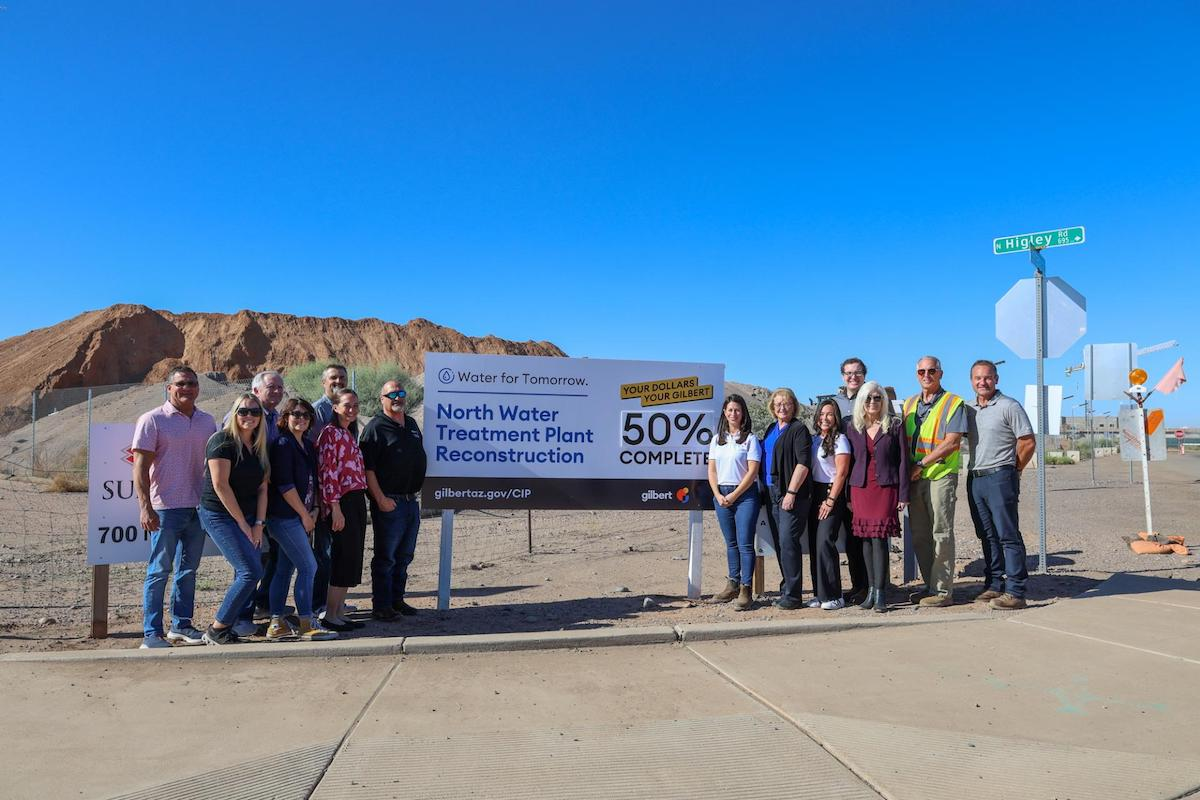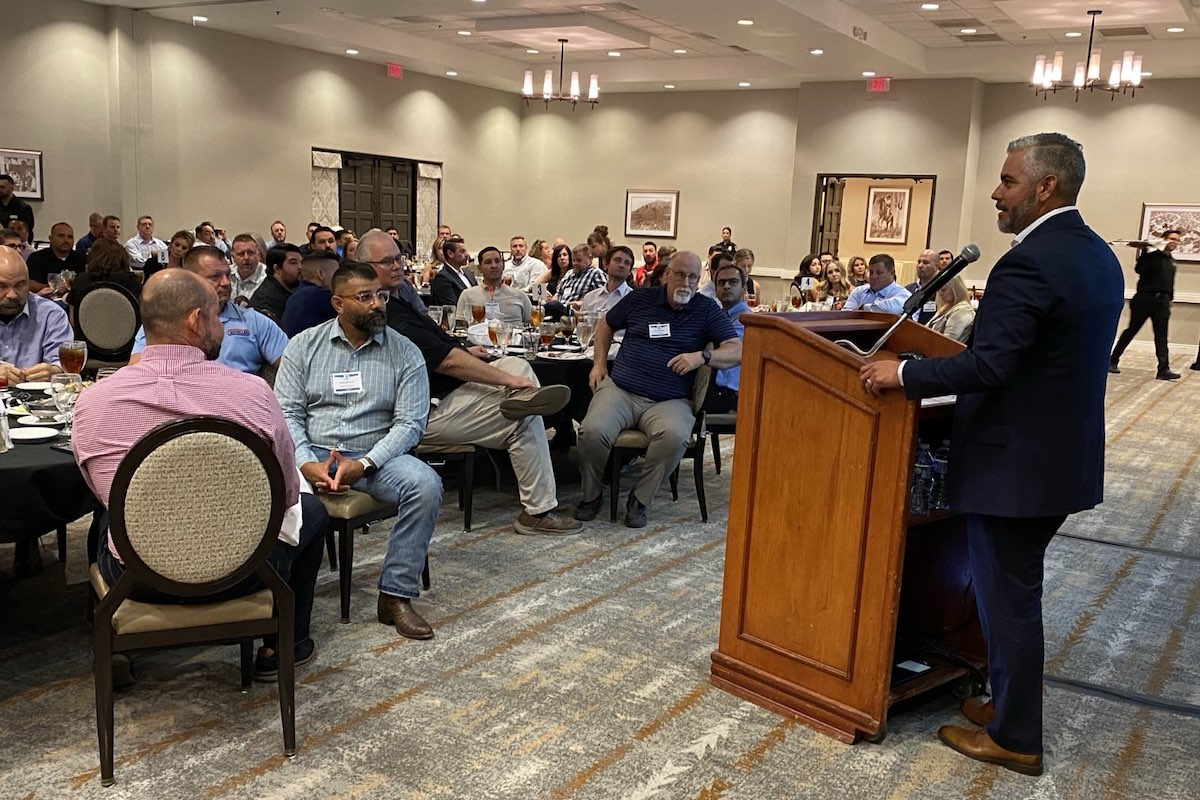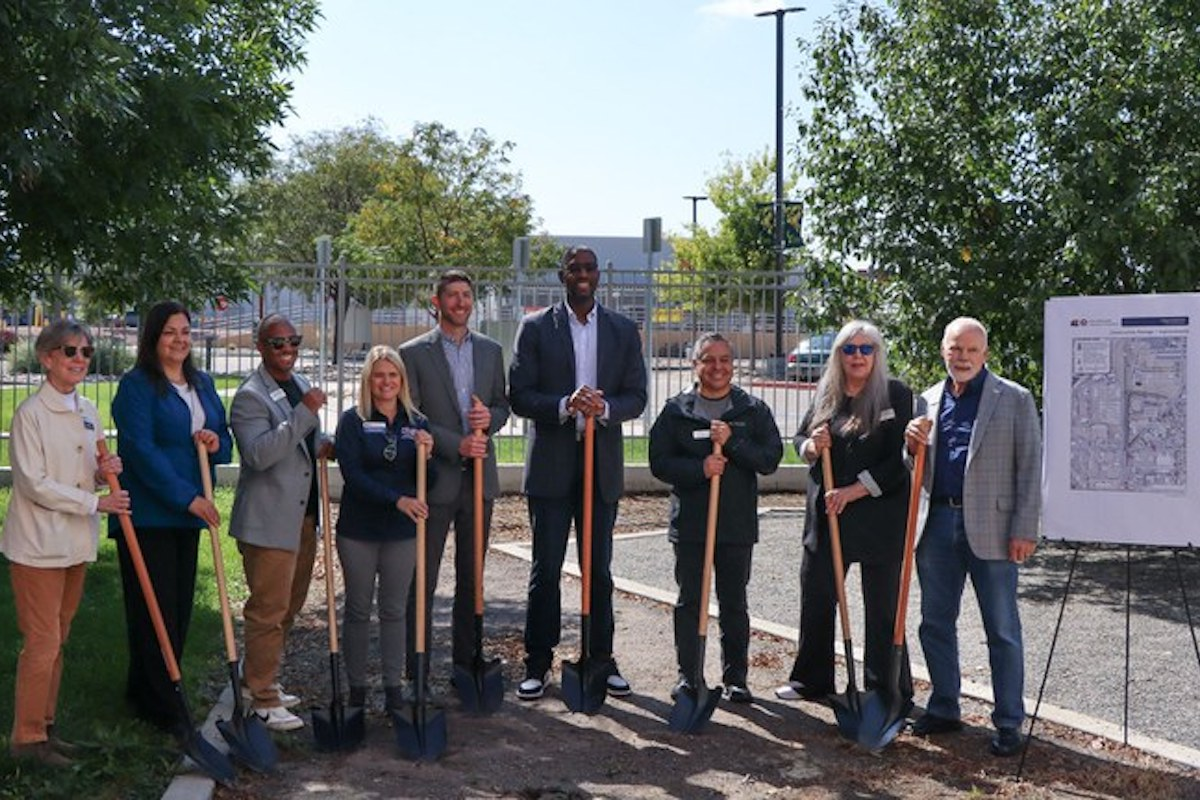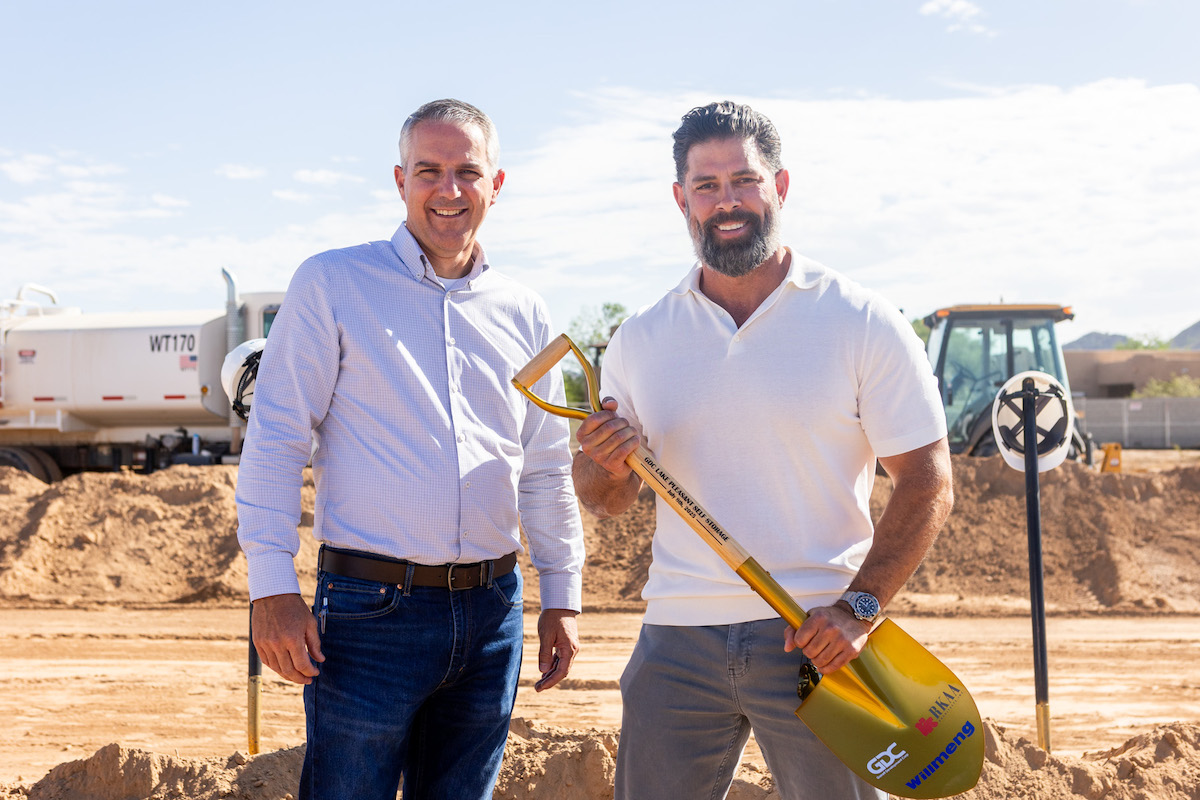The approved five-year program allocates $571 million in projects that widen highways or improve interchanges, including:
- Adding lanes along Interstate 17 between Anthem Way and Sunset Point, with construction on the $328-million project beginning in 2022.
- Two major projects to begin widening Interstate 10 between Phoenix and Casa Grande, including $400 million to widen the highway between Loop 202 and State Route 387 and $110 million to replace the Gila River bridges. Construction on both projects is targeted for 2023.
- Constructing the first phase of the I-40/US 93 West Kingman interchange. The plan includes $145 million for construction in 2024.
- Widening the last two-lane section of State Route 260 in the Lion Springs area. The plan includes $109 million for construction in 2026 and would complete the Arizona Department of Transportation’s (ADOT) goal of completing a four-lane divided highway along the entire SR 260 corridor.
Additionally, the plan will invest more than $2.5 billion in pavement preservation projects across Arizona over five years, upgrading 400 lane miles of pavement from fair and poor condition to good condition.
About $463 million would be invested in projects that improve highway safety, efficiency, and functionality, including smart technology or adding shoulders. One of those projects would involve $68.1 million to expand broadband connectivity along I-40 from Flagstaff to the California state line.
The I-17 and I-10 widening projects are able to advance through ADOT’s partnership with the Maricopa Association of Governments, the regional planning agency that has committed some of the funds for those improvements.

| Your local Bobcat dealer |
|---|
| Romco Equipment Co |
| Ditch Witch West |
| Faris Machinery |
The 2023-2027 Five-Year Program also reaches ADOT’s goal of allocating $360 million per year for preservation of bridges and roadways throughout the state highway system. Preservation projects include repaving and repairing highways, along with repairing or reconstructing bridges.
In general, major projects begin as part of the agency’s long-range visioning process, move into a six- to 10-year development program, and then become part of the Five-Year Program. The program is developed by working closely with local and regional planning organizations and community leaders to identify projects that are ready to build or design.
Funding for the Five-Year Program is generated by the users of transportation services, primarily through gasoline and diesel fuel taxes and the vehicle license tax. Both the Maricopa and Pima County regions have independent revenue streams established through voter-approved sales taxes that allow for more expansion projects to take place in those areas.

















